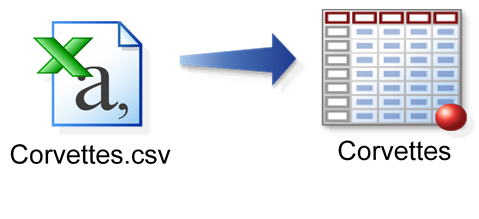
Dataset too big for PROC PRINT? One weird trick solves your problem! proc print data=bigdata (obs=10); run; The OBS= dataset option specifies the last observation to process from an input dataset. In the above example, regardless of dataset size, only the first 10 observations are printed; an easy way to









































